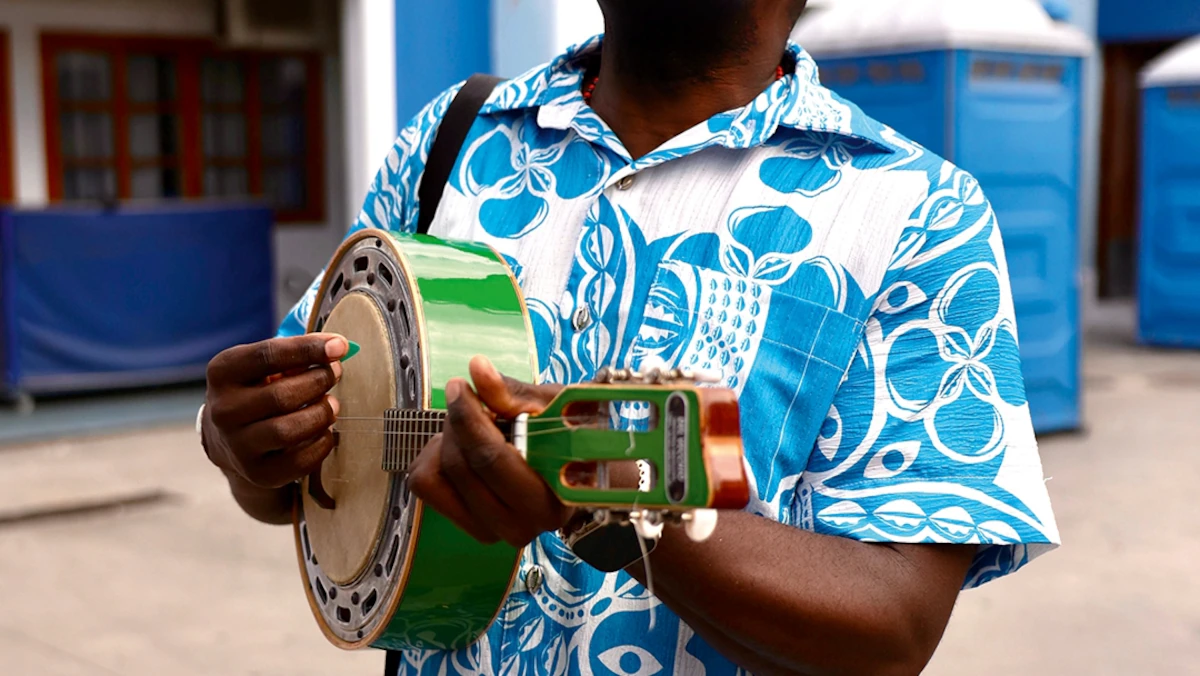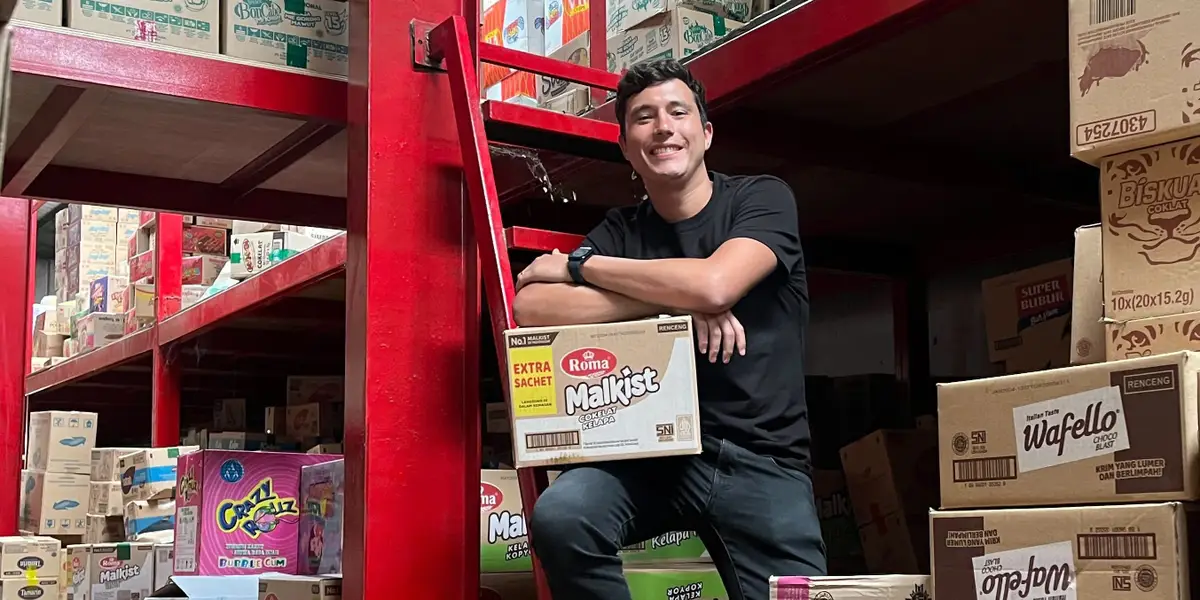
In the shuffling rhythms of samba, in its defiance and energy and lust for life, lies the soul of Rio de Janeiro. Samba is heard everywhere across the city, from the terraces of the Maracanã football stadium to the popular Copacabana and Ipanema neighbourhoods, where sunseekers sip caipirinhas and where bossa nova — samba’s relaxed, breezy cousin — was born. But the genre’s heart actually lies far from the centre, in Rio’s lesser-visited North Zone. And now, visitors can explore its development on the new Rota do Samba (Samba Route), an organised walking tour through the North Zone’s gritty Oswaldo Cruz neighbourhood.
Led by locals, the route celebrates the fact that this is more than a music genre — it’s the core of a community. A major stop is the Portela samba school, which has won a record 22 titles since 1932 at Rio Carnival’s samba school competition. It also provides guidance for local children and spearheads charity initiatives, like donating medical supplies during the Covid pandemic.
The walk is led by Marquinhos de Oswaldo Cruz, a local sambista who is joined by fellow musicians strumming ukeleles, picking banjos and patting hand drums. Marquinhos and the band lead guests through the streets, stopping outside sites associated with great samba figures, telling their stories and singing their songs as they go.
The stops are brought to life by their music. There’s Circo São Jorge, a former theatre — now a private home — where legendary sambista Paulo da Portela gave his final public performance in 1949. There’s also the house of Dona Ester, a woman who obtained a licence to perform samba on her property in order to donate it to local Black musicians, whom she allowed to perform there. A century ago, samba was widely persecuted by white authorities, who feared its power as a means of uniting and inspiring the Afro-Brazilian community; performances were strictly regulated. Dona Ester’s elderly nephew, now in his nineties, still comes out to greet tour groups as they pass.
(How to plan a perfect week on Brazil’s Costa Verde.)
Today, if there’s one emotional state most associated with samba, it would be cheerfulness. It’s impossible not to break into a grin at the sound of a samba circle on a Brazilian beach, with impassioned singing soaring over bouncing banjos and rattling tambourines, as footsteps kick up flurries of golden sand. But the genre’s origins, like so many great art forms, lie in struggle.
During the transatlantic slave trade of the 16th to 19th centuries, Rio was one of the most significant ports for human traffic in the world, with more than two million enslaved African people arriving here ahead of a life in chains in the New World. Samba emerged from music and dance forms brought from homes in West and Central Africa, and was further shaped by the hardships they endured — the rhythms are said to have originated with slaves forced to trample coffee beans, and, like the American blues, samba has the feeling of music designed to dig out strength from the depths of despair.
As recently as the early 20th century, samba was still suppressed. At the train station in Oswaldo Cruz, Marquinhos tells guests about another of his initiatives: the Trem do Samba festival, which sees samba bands perform aboard trains from Rio’s Central do Brasil station to Oswaldo Cruz each December. In the past, sambistas would practise on moving trains, where nobody could stop them. Today, 100,000 people board the Trem do Samba in their honour, a reminder of the past and a celebration of samba’s reinvention as the sound of freedom.



